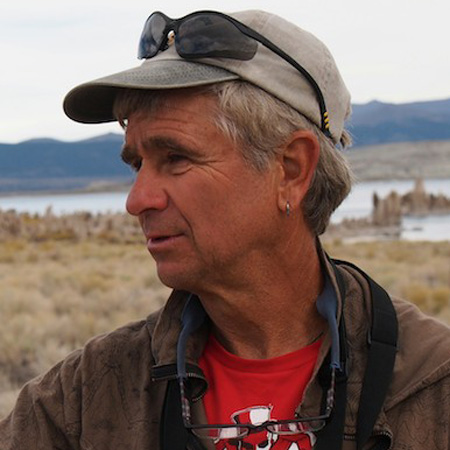December's rain-soaked forests of the Bay Area have created the perfect conditions for some of my favorite creatures: the salamanders. This word comes into the English language from the French for "legendary fiery beast." A myth associated with these amphibians is that they can live in, tolerate and can even extinguish fires. Presumably this connection arose because when wet, rotten logs were burned, salamanders hidden deep in the damp wood would suddenly emerge and wiggle right out from the heat dramatically as if being born of fire.
The largest North American category are lungless salamanders that respire through their skin and the roof of their mouth. They were thought to have evolved in the Appalachian Mountains in fast-flowing streams. Presumably buoyant lungs would have made it difficult to keep them from being swept away. Our local California slender salamander, the arboreal salamander and the Ensatina salamander are lungless and the most common in our area.
Slender salamanders, also called worms salamanders because their legs are so tiny, nearly invisible, have severed all ties with water. Consequently they can be found in many urban areas far from creeks and ponds but under logs and in the leaf litter.Their young are born as miniature adults. Arboreal salamanders are the only ones found on the Farallon Islands. Must be their idea of hell as there are no forests on those islands. They probably drifted there on huge logs or perhaps have been there since the end of the last Ice Age, when the islands were connected to the mainland.
Newts are distinguished from other salamanders by their roughened skin and we have three species of them. They are bright orange, the most common color announcing toxicity in nature. In this case the poison is tetrodotoxin, the same poison in puffer fish. The rough-skinned newt is so toxic it can kill an adult human, but you have to eat it first.
And where did I get all this information? That's right, from the newts paper.
